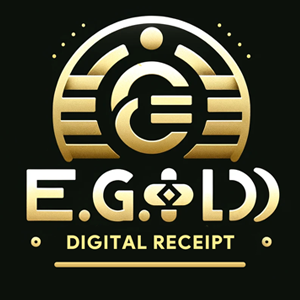Why Invest in a 250g Gold Bar
The 250g gold bar is an excellent investment option for those seeking to preserve and grow their wealth. With a substantial weight and lower premiums per gram compared to smaller bars, the 250g gold bar provides great value for serious investors. It combines the intrinsic worth of gold with cost-efficiency, making it an ideal choice for diversifying portfolios or protecting wealth during economic uncertainty. Its high purity of .9999 (24 karats) ensures investment-grade quality, and its larger size means fewer transactions are needed to acquire a significant quantity of gold.
Features of a 250g Gold Bar
The 250g gold bar is crafted from .9999 fine gold, meeting the highest standards for investment-grade bullion. Produced by renowned mints and refineries such as Valcambi, PAMP Suisse, Argor-Heraeus, and Perth Mint, these bars come with essential details like weight, purity, and a unique serial number stamped on their surface. Each bar is packaged in tamper-evident packaging and accompanied by an assay certificate verifying its authenticity. Some bars also feature elegant designs, adding aesthetic appeal while maintaining their value as a tangible asset.
Benefits of Investing in a 250g Gold Bar
Investing in a 250g gold bar offers numerous advantages. Its larger size provides a cost-efficient way to own gold, as premiums per gram are lower compared to smaller bars or coins. The bar’s high purity guarantees that it retains maximum intrinsic value, making it a reliable hedge against inflation and economic instability. Additionally, its global recognition ensures liquidity, making it easy to buy, sell, or trade in international markets. The 250g size also strikes a balance between significant gold value and manageable storage requirements, making it an attractive choice for long-term wealth preservation.
How to Buy a 250g Gold Bar
Purchasing a 250g gold bar is straightforward when you work with a reputable dealer. Start by researching trusted platforms such as EE.GOLD, JM Bullion, or APMEX to ensure you receive certified and authentic products. Monitor the current gold spot price to understand the base value of gold and compare premiums charged by different dealers. Select a payment method that suits your preferences, such as bank transfers, credit cards, or cryptocurrency. Ensure the gold bar comes in its original tamper-evident packaging with an assay certificate verifying its weight and purity. Finally, decide whether to store the bar at home, in a bank deposit box, or through professional vault storage for added security.
Price of a 250g Gold Bar
The price of a 250g gold bar is determined by the current gold spot price and the dealer’s premium. For example, if the gold spot price is $60 per gram, the base price of a 250g gold bar would be $15,000. Dealers typically add a premium of 1% to 4%, depending on the brand, packaging, and market demand. Larger gold bars like the 250g size generally have lower premiums per gram than smaller bars, making them more cost-effective for bulk investments. Comparing prices across multiple dealers ensures that you secure the best value for your purchase.
Storage Options for a 250g Gold Bar
Proper storage is crucial to protect your 250g gold bar and maintain its value. Home storage is an option for smaller collections, but you’ll need a high-quality, fireproof, and tamper-resistant safe for adequate protection. Many investors prefer bank safety deposit boxes for off-site security and added peace of mind. Professional vault storage is another excellent option, offering insured and climate-controlled environments. Many dealers, including EE.GOLD, provide professional storage solutions that safeguard your gold investments while keeping them easily accessible when needed.
Why 250g Gold Bars Are Popular Among Investors
The 250g gold bar is popular among investors due to its combination of size, value, and cost-efficiency. It allows investors to acquire a substantial quantity of gold at a lower premium per gram compared to smaller denominations. This makes it an ideal choice for those looking to make a significant investment in gold without the logistical challenges of storing larger bars like 1kg. Its high liquidity and global recognition ensure that it can be sold quickly and easily, providing financial flexibility and security.
Comparing the 250g Gold Bar to Other Gold Investments
The 250g gold bar offers a unique balance between smaller and larger gold bars. Smaller bars, such as 50g or 100g, are more accessible for first-time investors but come with higher premiums per gram. Larger bars, such as 1kg, have lower premiums but require a more significant upfront financial commitment. The 250g size strikes a middle ground, offering substantial gold value without overextending budgets. Compared to gold coins, which may carry additional numismatic value, the 250g gold bar focuses purely on intrinsic gold content, making it a straightforward and efficient investment.
Selling a 250g Gold Bar for Maximum Value
Selling a 250g gold bar is simple and efficient due to its high liquidity and global recognition. Start by checking the current gold spot price to determine the bar’s market value. Approach reputable dealers or platforms such as EE.GOLD, APMEX, or JM Bullion, which offer competitive buyback programs and transparent pricing. Ensure the gold bar is in its original tamper-evident packaging with the assay certificate intact, as these factors enhance its resale value. Keeping records of your purchase and sale is essential for tax reporting and verifying the bar’s authenticity.
Why Trusted Dealers Like EE.GOLD Are Essential
When purchasing a 250g gold bar, the choice of dealer is critical to ensuring a secure and transparent transaction. Trusted platforms like EE.GOLD offer certified products from LBMA-accredited refineries, guaranteeing the authenticity and quality of your gold bar. EE.GOLD provides competitive pricing, secure payment options, and insured shipping to protect your investment during delivery. For added security, EE.GOLD also offers professional vault storage solutions, allowing investors to safeguard their gold in climate-controlled facilities.
How the 250g Gold Bar Fits Into a Diversified Portfolio
The 250g gold bar is an essential component of a well-diversified investment portfolio. Gold has long been considered a safe-haven asset, providing stability during economic downturns, market volatility, or periods of high inflation. The substantial size of the 250g gold bar makes it a strategic choice for serious investors looking to preserve wealth while achieving cost efficiency. By including gold in your portfolio, you reduce overall risk and create a hedge against financial uncertainty. The liquidity and global recognition of the 250g gold bar ensure that it can be easily sold or traded when needed, offering flexibility and peace of mind.
The Role of 250g Gold Bars in Long-Term Investment Strategies
For long-term investors, the 250g gold bar offers stability, durability, and enduring value. Unlike more volatile assets like stocks or cryptocurrencies, gold tends to hold its value over time, making it an ideal option for wealth preservation. The 250g gold bar’s size means that fewer transactions are required to accumulate significant gold holdings, reducing overall costs. By holding onto a 250g gold bar, investors can benefit from gold’s historical resilience against inflation, currency devaluation, and economic instability. Its compact size and investment-grade purity make it a practical and reliable choice for those with a long-term horizon.
250g Gold Bars as an Inflation Hedge
Gold has long been recognized as one of the most effective hedges against inflation, and the 250g gold bar is no exception. When fiat currencies lose purchasing power due to rising inflation, gold often increases in value, preserving investors’ wealth. The 250g gold bar provides a substantial amount of gold in a single unit, making it an efficient way to protect against inflation over time. Its intrinsic value is not tied to any government or central bank, ensuring that it remains a stable asset regardless of monetary policies or economic conditions.
250g Gold Bars as Gifts or Legacy Investments
In addition to being a practical investment, the 250g gold bar is a meaningful and valuable gift. Its size and purity make it suitable for marking milestones such as anniversaries, graduations, weddings, or significant achievements. Investors looking to create a legacy often choose 250g gold bars as a way to pass down wealth to future generations. The enduring value of gold ensures that it remains a cherished and secure asset, providing financial security for loved ones while maintaining its worth over time.
Comparing the 250g Gold Bar to Other Precious Metals
While gold remains the most popular precious metal for investment, comparing the 250g gold bar to other metals like silver, platinum, or palladium highlights its unique advantages. Gold is universally recognized and highly liquid, making it a reliable store of value. Silver, while more affordable, requires significantly more storage space due to its lower value-to-weight ratio. Platinum and palladium are primarily used in industrial applications and tend to be more volatile in price. The 250g gold bar offers the perfect combination of stability, portability, and intrinsic value, making it an excellent choice for serious investors.
Selling a 250g Gold Bar for Maximum Returns
When the time comes to sell your 250g gold bar, its high liquidity and global recognition make the process straightforward. Start by researching the current gold spot price to determine the market value of your bar. Approach reputable dealers or platforms like EE.GOLD, JM Bullion, or APMEX, which offer competitive buyback programs. Ensure the bar is in its original tamper-evident packaging with the assay certificate intact, as this significantly enhances its resale value. Limited-edition or branded bars from top refineries like PAMP Suisse or Valcambi may also command higher premiums in the secondary market. Keep detailed records of your purchase and sale for tax reporting and verification purposes.
Why the 250g Gold Bar is a Forward-Thinking Investment
As global economic uncertainties persist, the demand for tangible assets like gold continues to grow. The 250g gold bar is a forward-thinking investment that provides both stability and flexibility in an ever-changing financial landscape. Its substantial weight and lower premiums per gram make it a cost-efficient way to acquire gold, while its liquidity ensures that it can be easily converted into cash or other assets when needed. The 250g gold bar also aligns with modern investment strategies focused on wealth preservation and diversification, making it a timeless choice for serious investors.
The Future of Investing in 250g Gold Bars
The future of 250g gold bars looks promising as more investors recognize the importance of tangible assets in diversifying their portfolios. With advancements in technology, such as blockchain-based gold tracking and digital ownership certificates, investing in physical gold is becoming even more secure and accessible. Platforms like EE.GOLD are at the forefront of these innovations, offering seamless solutions for purchasing, storing, and managing gold investments. As the global economy continues to evolve, the 250g gold bar will remain a reliable and valuable asset for those seeking long-term financial security.
Final Thoughts on the 250g Gold Bar
The 250g gold bar is a versatile and valuable asset that combines substantial gold value with cost-efficiency and liquidity. Its size and high purity make it an excellent choice for serious investors looking to preserve wealth, hedge against inflation, or diversify their portfolios. Whether you’re building a legacy, marking a milestone, or simply securing your financial future, the 250g gold bar offers unmatched reliability and stability. Trusted platforms like EE.GOLD make it easy to acquire, store, and manage gold investments, ensuring a seamless experience from start to finish. Take the next step in your investment journey by adding a 250g gold bar to your portfolio and enjoy the lasting benefits of owning this timeless and significant asset.
NOTE
This Content is the copyrighted content of EE.GOLD. All rights are reserved. You are welcome to share or use our content only by including direct links to our website. Any other form of reproduction, distribution, or use without proper attribution is strictly prohibited.
This Content is intended solely for educational purposes. The information provided does not constitute financial or investment advice.
Please note that Digital Storage Receipt, Secure Storage Solutions, and Physical Gold Sales are the only services offered by EE.GOLD.
We strictly adhere to government regulations and are firmly against all illegal financial or investment activities globally.
For further inquiries, feel free to contact us through our official channels.
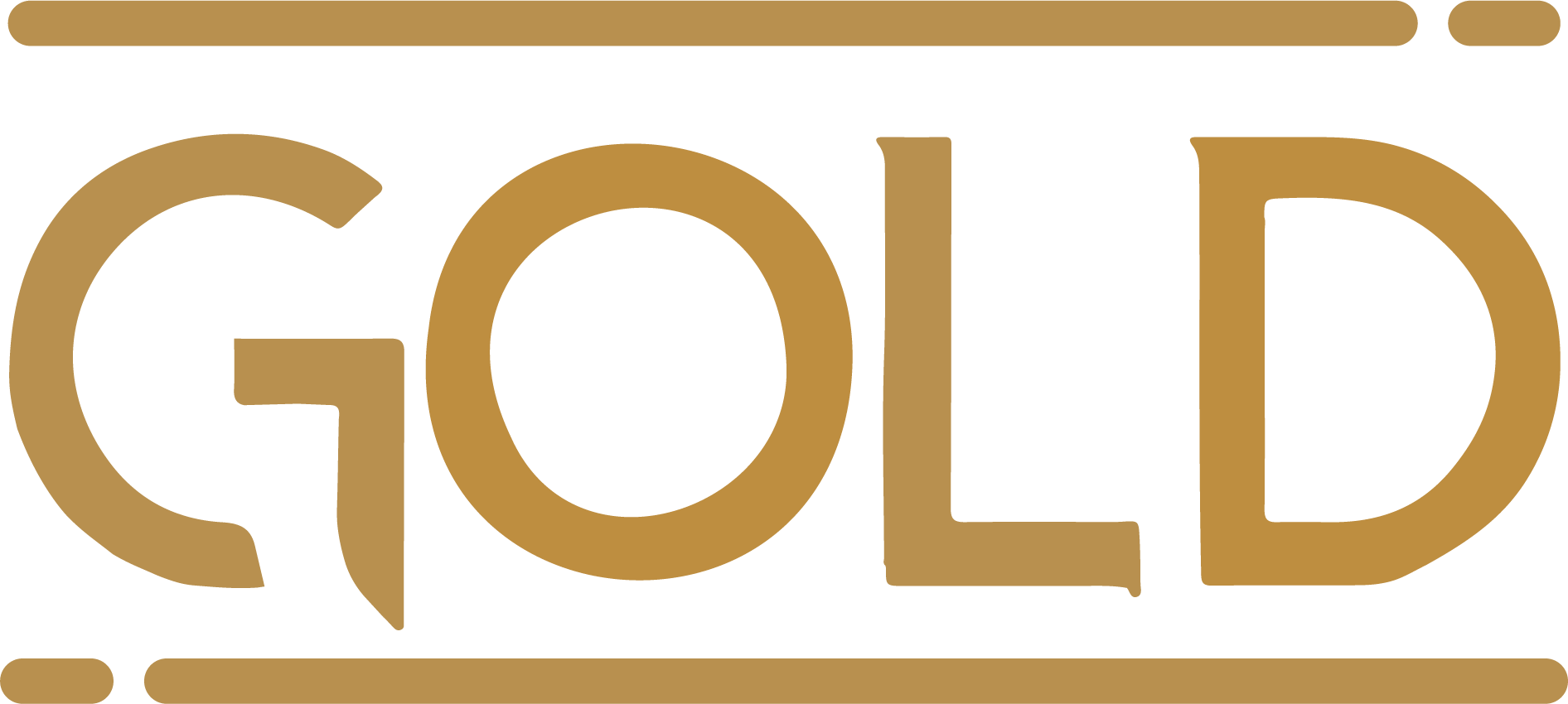
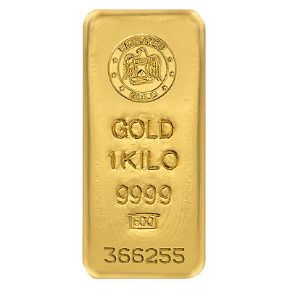
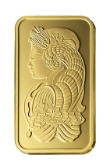
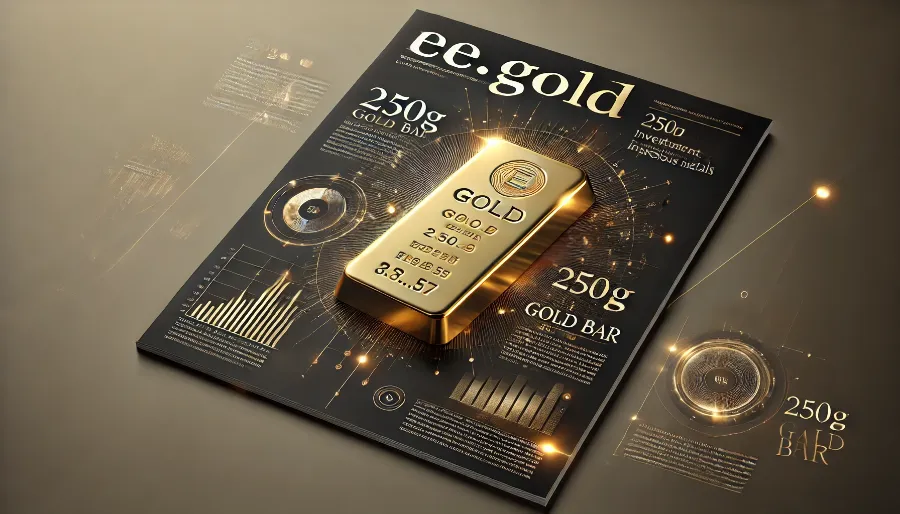
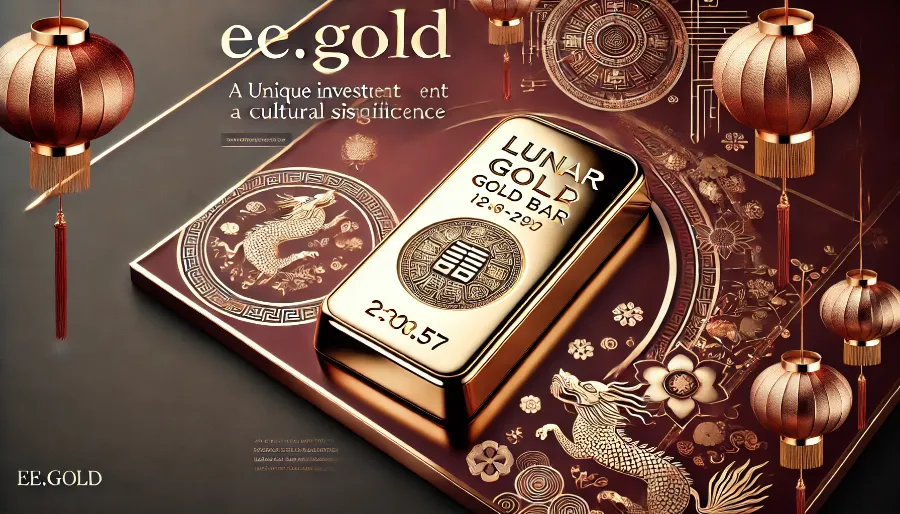
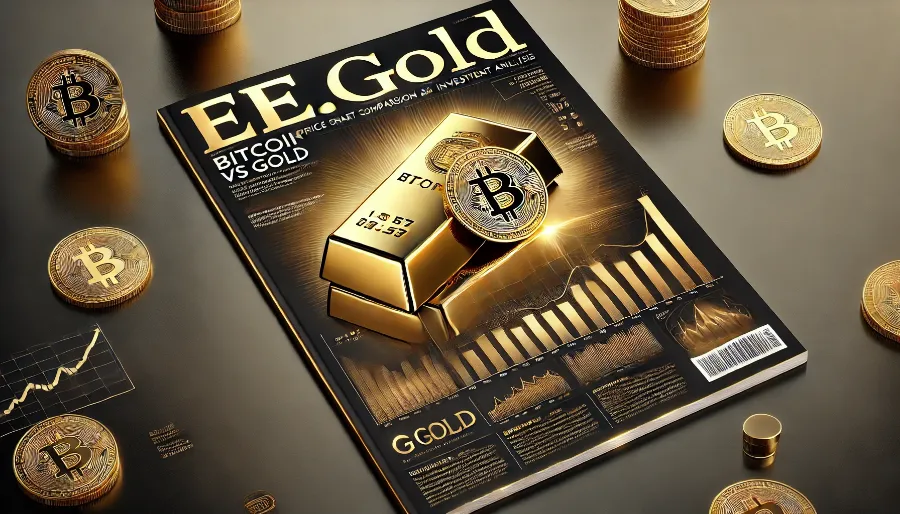
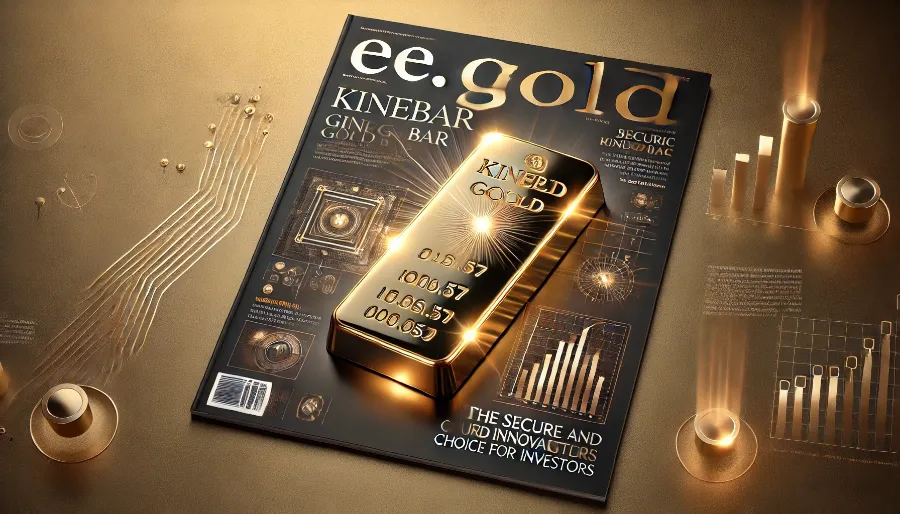
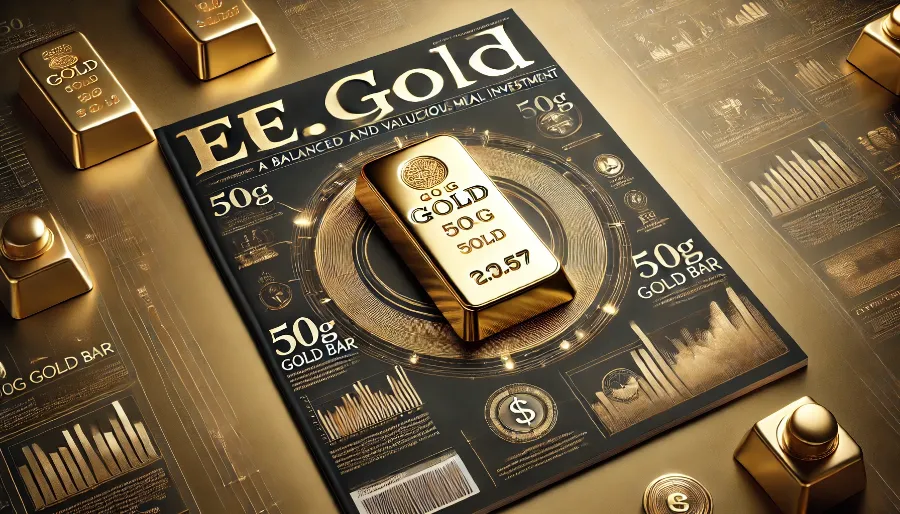
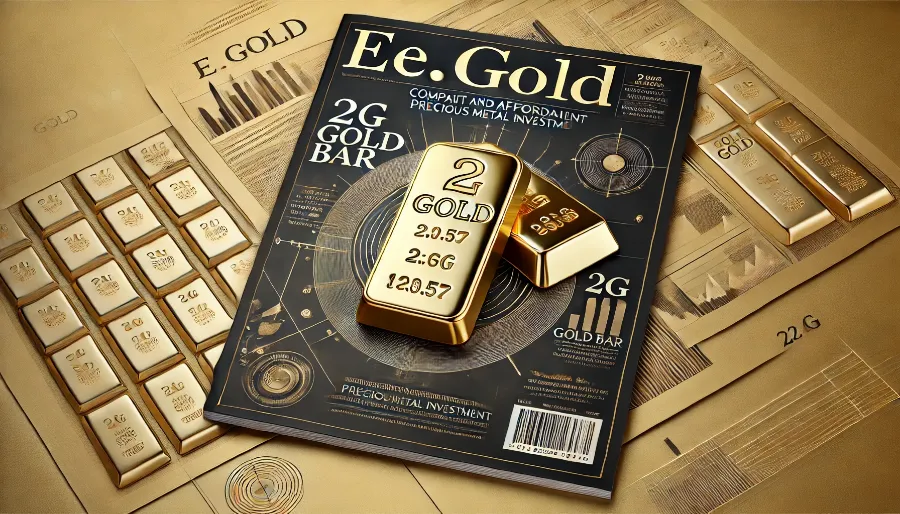
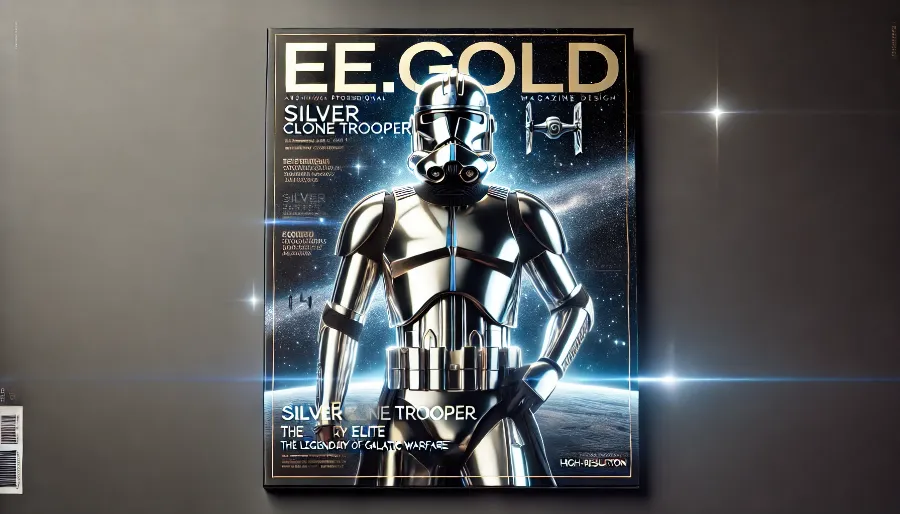
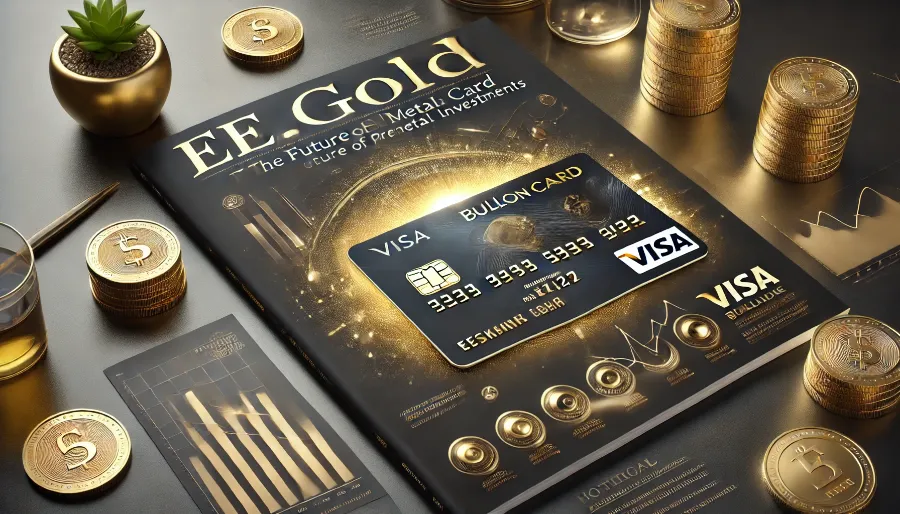
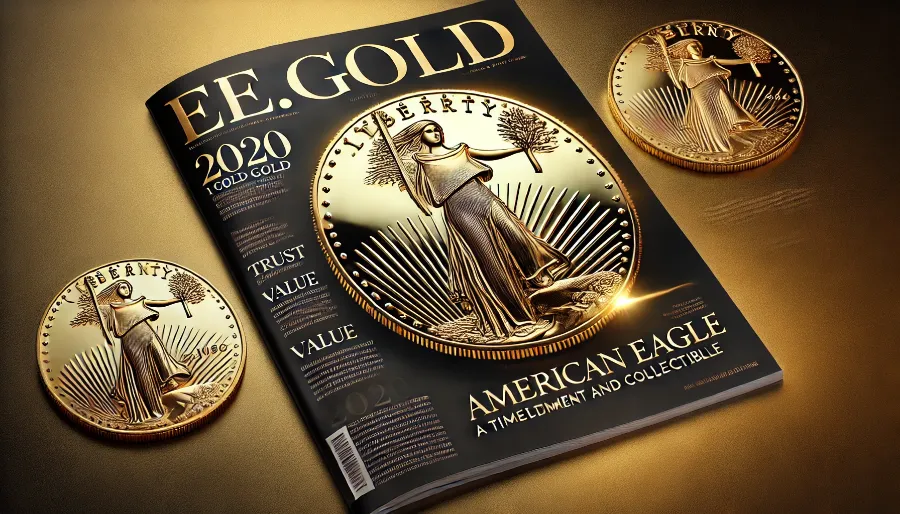
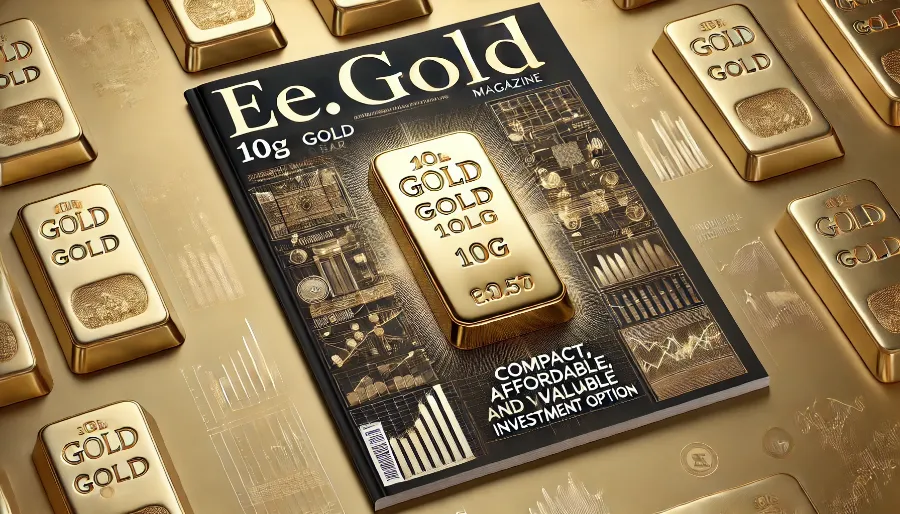

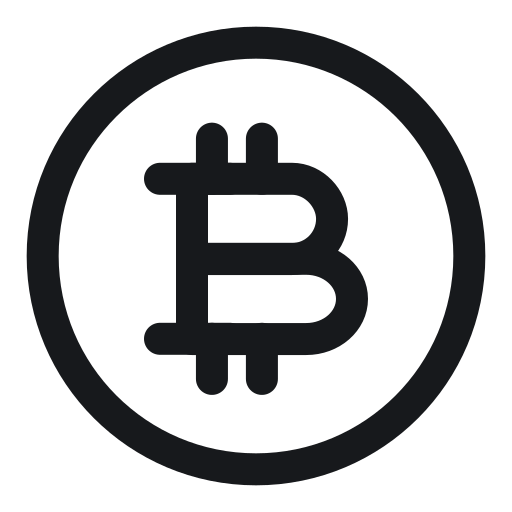
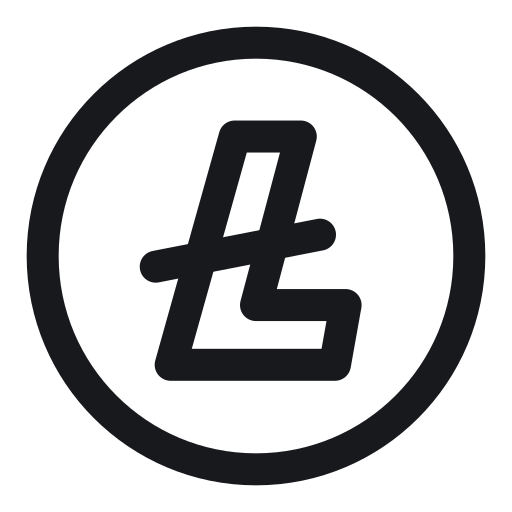
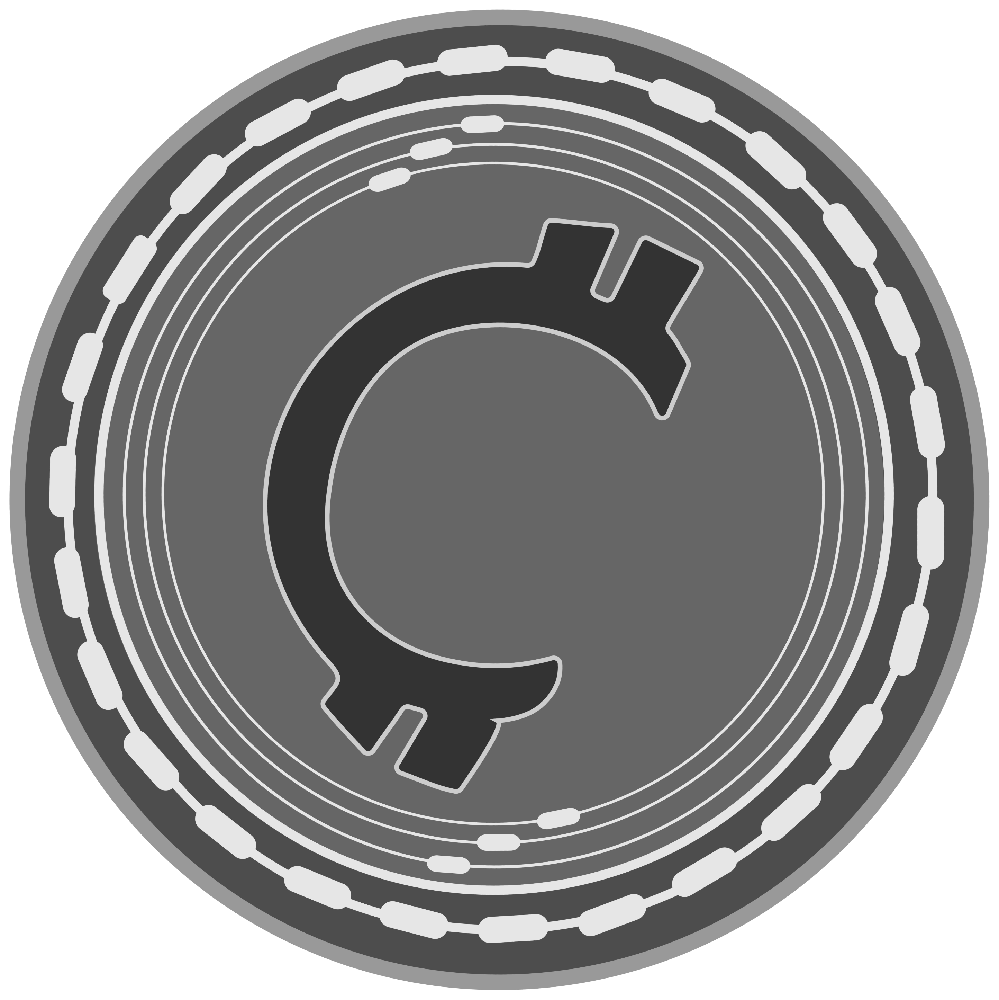
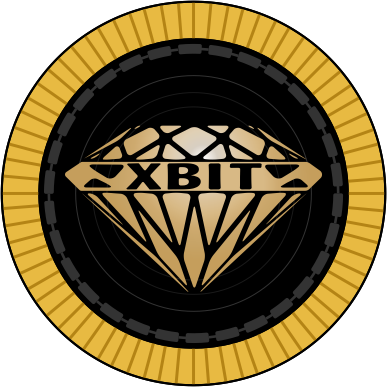
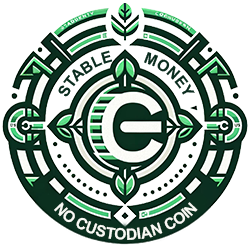

.png)

